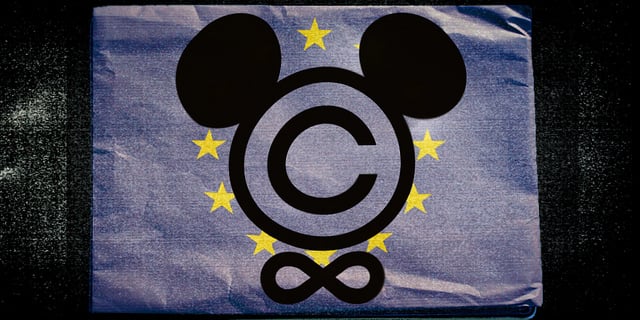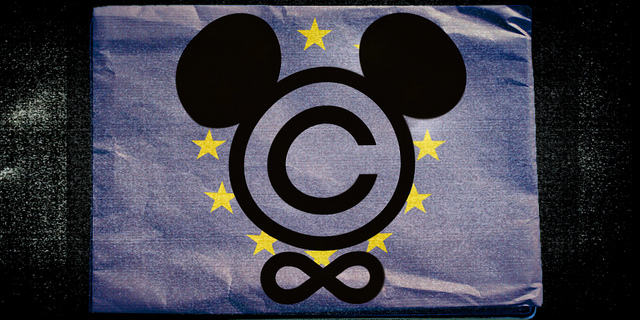How to Use Your Core Values to Inspire, Retain, and Energize Your Team
For the last few decades, but especially so in recent years, people are seeking out more than just an income from their place of employment. More...
3 min read
Pat Heffernan
:
2/14/19 11:33 AM


Your business or nonprofit faces copyright dangers on both sides of the copyright law:
Let’s look at the reasons for the dangers, and at some practical tips for what you can do to minimize your risk.
Copyright is a subject that surfaces surprisingly regularly in our work with clients, which means it has been the subject of several posts over the years. (For the basics on both sides, see Copyright, Creative Commons, Words and Photos: Everything you need to know and Licensing Your Web Content: An Overview of Options.) So what makes copyright an old topic with real-time risks for your small business or nonprofit today?
Copyright infringement penalties can be steep. Someone found to have infringed a copyrighted work may be liable for payment of actual damages and profits, or statutory damages up to $30,000 for each work infringed and, if willful infringement is proven by the copyright owner, that amount may be increased by up to $150,000 for each work infringed. In addition, an infringer of a work is also be liable for the attorney’s fees incurred by the copyright owner to enforce his or her rights. Willful infringement for commercial advantage may result in criminal proceedings and jail.
I see the danger of violating someone else’s copyright increasing thanks to the rising confluence of a casual social sharing culture, popular but inaccurate myths, and technical inexperience. In the crunch of daily workloads and pressure to produce with fewer resources, you and your team can readily succumb to one or more of these influences in a momentary lapse of focus. You are violating copyright if you have not gotten express permission from the copyright holder or you are using images that are public domain or an appropriate creative commons license.Inappropriately using someone else’s images for an organization’s blog has led to a series of costly suits for bloggers. (See Legal Lesson Learned: Copywriter pays $4,000 for $10 photo, Roni Lauren on BlogHer, or Accidental Copyright Infringement – Easy, and Expensive!)
On the flip side of copyright infringement, it can be very costly to sue others who violate your copyright when doing so is not your primary business, unlike the image trolls with attorneys on retainer. Mark Schaefer’s recent post tells this side of the story: I am a blogger. In other words, a piece of meat.
Have you checked your vulnerability lately?
First, let’s run through a checklist of what you can do to reduce the risk of others infringing on your copyright:
To reduce the risk of inadvertently violating someone else’s copyright, here is a checklist of what you can do:
————
Please note I am not a lawyer and my suggestions are based on my experience and are not a substitute for legal advice from a licensed legal professional.Editor's Note: Originally published December 9, 2013. Updated February 14, 2019.The Change Conversations blog is where changemakers find inspiration and insights on the power of mission-driven communication to create the change you want to see.
© 2009- to present, Marketing Partners, Inc. Content on the Change Conversations blog is licensed under a Creative Commons Attribution-Noncommercial-NoDerivs 3.0 United States License to share as much as you like. Please attribute to Change Conversations and link to ChangeConversations.
Creative Commons License may not apply to images used within posts and pages on this website. See hover-over or links for attribution associated with each image and licensing information.

For the last few decades, but especially so in recent years, people are seeking out more than just an income from their place of employment. More...

You know nonprofit organizations need websites just as small businesses do, but you may be surprised to learn nonprofit sites can be more complex and...

In today’s rapidly evolving media landscape, understanding where and how your story is told isn’t just strategic—it’s essential. How you communicate...